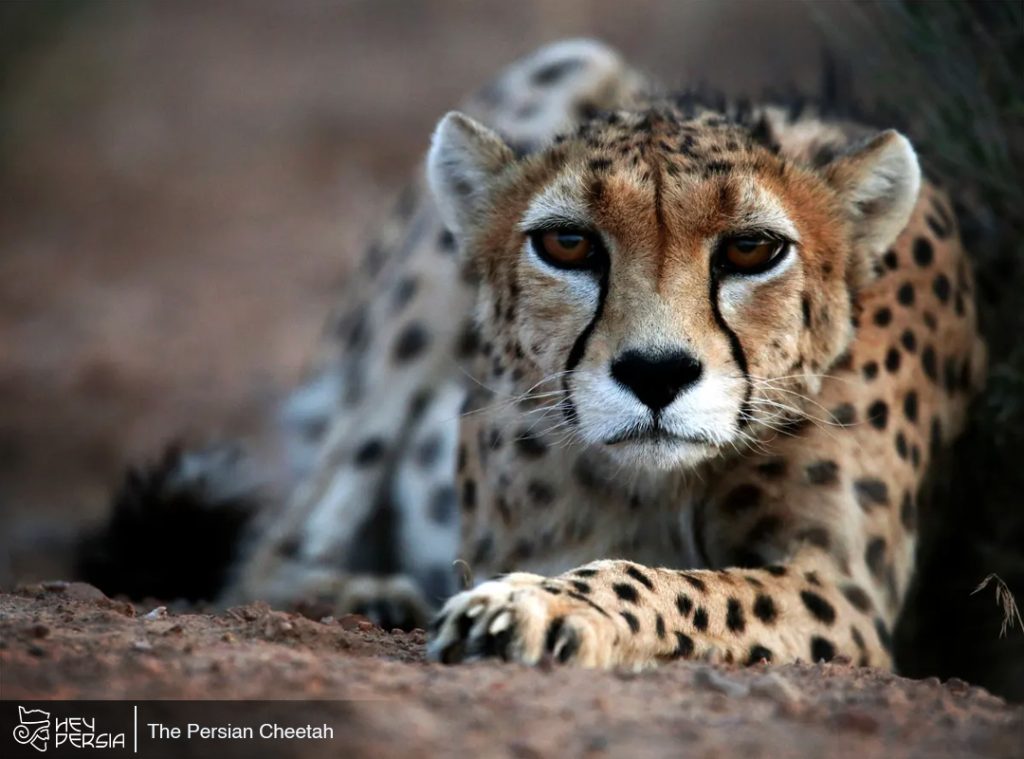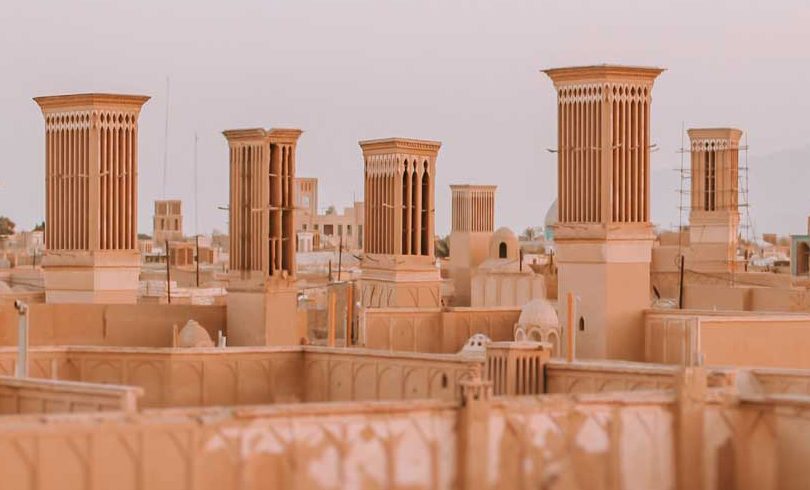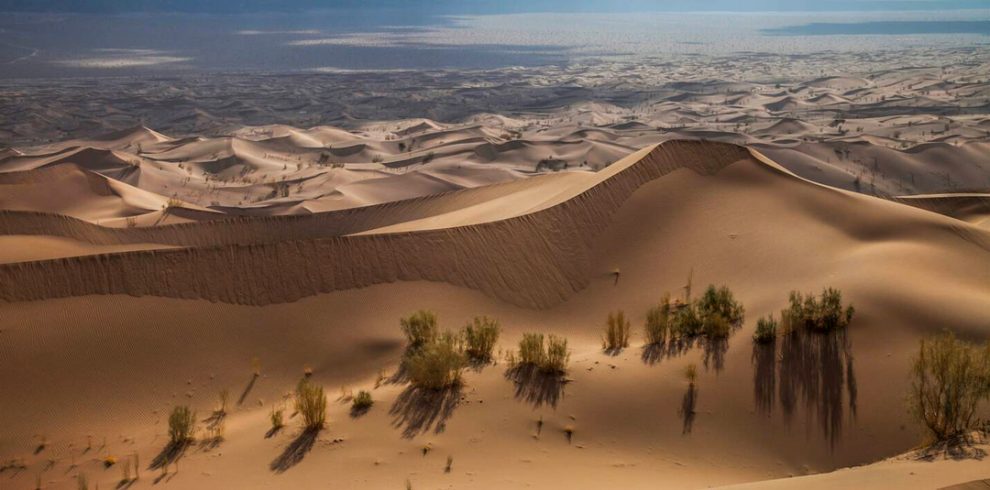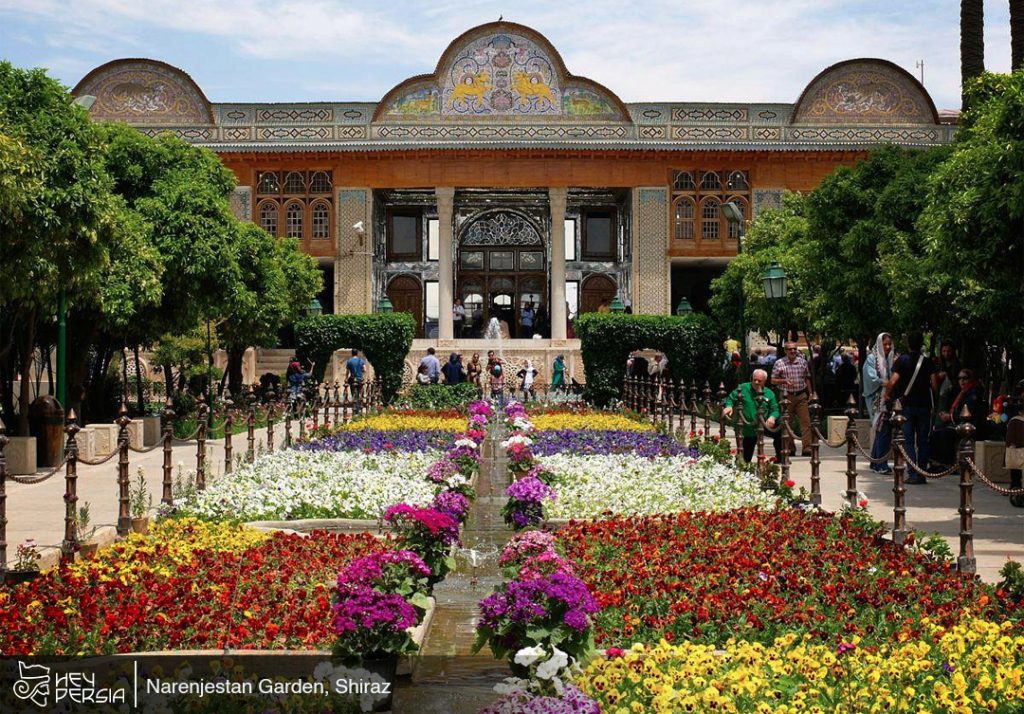The Persian Cheetah, scientifically known as Acinonyx jubatus venaticus. It is a remarkable and critically endangered subspecies of the cheetah (Acinonyx jubatus). Native to Iran, this elusive and striking big cat has captivated the world’s attention due to its dwindling population and unique characteristics. Stay with Hey Persia to learn more.
Taxonomy and Classification of The Persian Cheetah
This cheetah, belongs to the Felidae family. It includes all big cats like lions, tigers, leopards, and smaller felids such as domestic cats. Within the Felidae family, the Persian Cheetah falls under the Acinonyx genus, characterized by its unique features, including non-retractable claws and distinctive black “tear tracks” running from the eyes to the sides of the nose.
Habitat and Range of The Persian Cheetah
Historically, the Persian Cheetah inhabited a vast range that spanned across southwestern Asia, from the Arabian Peninsula to India. However, its range has significantly contracted over the years.Today, the Persian Cheetah’s range is restricted to Iran, specifically the central and eastern regions of the country. This isolation has led to genetic differentiation from its African counterparts.
Physical Characteristics of The Persian Cheetah
The Persian Cheetah’s coat features a lighter tan or cream color compared to its African relatives. It also tends to have smaller and more closely spaced spots. These cheetahs are known for their incredible speed and agility, capable of reaching speeds of up to 60 to 70 miles per hour (97 to 113 kilometers per hour) over short distances, making them the fastest land animals.
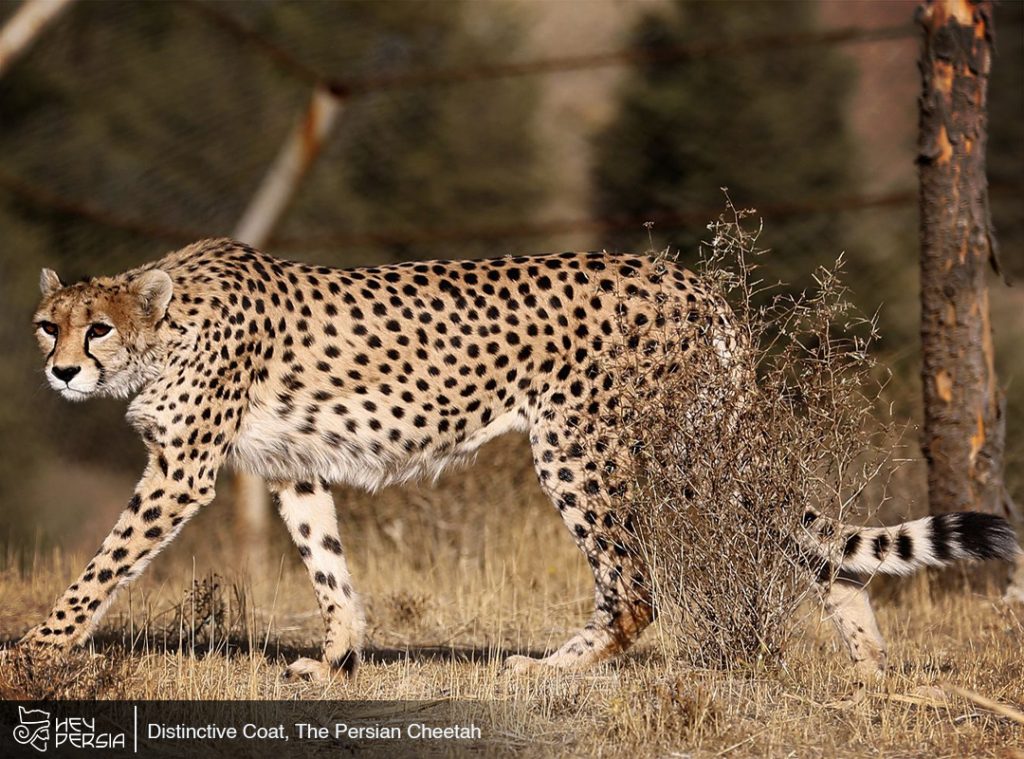
Behavior and Diet
Persian Cheetahs are typically solitary animals, with males and females coming together only for mating. They are expert hunters, relying on their speed and stealth to chase down prey, primarily small to medium-sized ungulates such as gazelles. These cheetahs are known to be crepuscular and nocturnal, often hunting during the early morning or late evening when temperatures are cooler.
Threats to the Persian Cheetah
Habitat degradation and fragmentation due to agricultural expansion and human activities have reduced the Persian Cheetah’s available living space. Poaching poses a significant threat as cheetah skins and body parts are sometimes sought after for their value on the black market.
Conservation Efforts
Iran has established protected areas and wildlife reserves to conserve the Persian Cheetah, including the Touran National Park and Miandasht Wildlife Refuge. Scientific research and monitoring efforts are crucial to better understand and protect this subspecies. Organizations like the Iranian Cheetah Society work to gather data and raise awareness.
Community Involvementfor the conservation
Engaging local communities in conservation efforts, promoting coexistence with cheetahs, and offering incentives for protecting these big cats are vital strategies. Conservation organizations and governments worldwide collaborate to protect the Persian Cheetah. This includes sharing knowledge, supporting anti-poaching efforts, and funding conservation programs.
The Persian Cheetah, the Persian icon
The Persian Cheetah, a subspecies of the cheetah found exclusively in Iran, is on the brink of extinction. Its unique features and role as an apex predator make it an integral part of Iran’s ecosystem. However, habitat loss, poaching, and human-wildlife conflict threaten its survival. Conservation efforts, both local and international, are essential to secure the future of this magnificent and critically endangered big cat.

